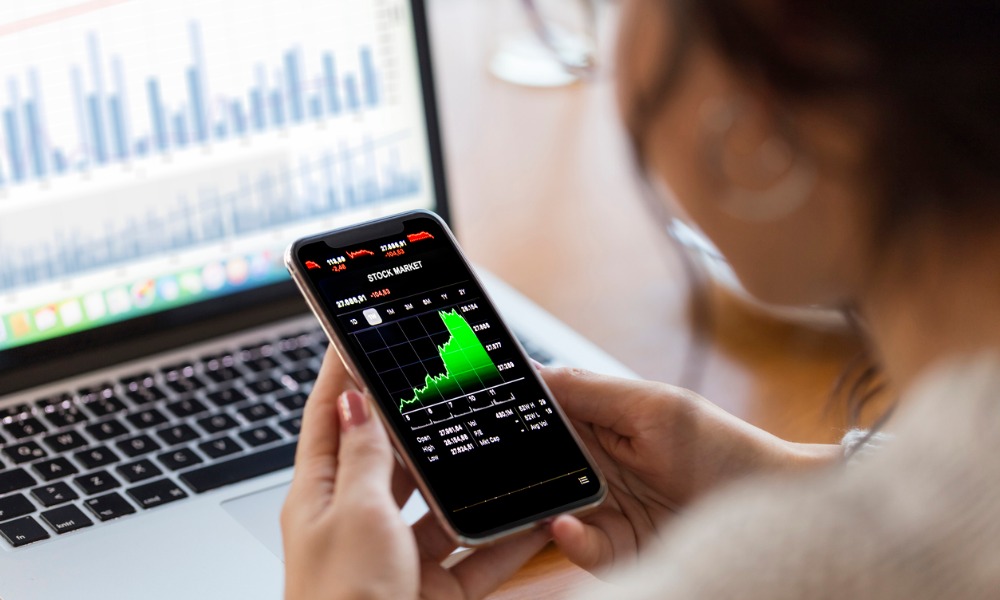Analysis compares 'daytime' and 'nighttime' returns of retail investors' favoured stocks

With more time and internet access on their hands, individual investors have become increasingly active on the stock markets over the past year. But putting aside stories of meme stocks and fanatical devotion to personalities like Elon Musk and Cathie Wood, one might wonder – is day trading really that lucrative?
That’s what Derek Horstmeyer, associate professor at George Mason University School of Business, wanted to find out in a recent analysis published by the CFA Institute.
Working with George Mason University alums Ano Gionti and Shaista Khodabux, Horstmeyer looked at the 100 most popular stocks traded by retail investors over the past year as compiled by Robinhood, then tried to determine whether timing of trades in those stocks affected their performance.
“We examined how an investor would perform if they bought each stock as trading opened each day and sold it hours later as the market closed,” Horstmeyer said. “This we termed the daytime return.” They also looked at the stocks’ nighttime return, or what an investor would have generated by buying the stock at the close, holding it overnight, and selling as the market opened.
The results showed that investors in those 100 stocks would have seen daytime returns of -0.183% on average, while nighttime returns for the same stocks were 0.195%. Assuming there are 21 trading days in a month, that translated to -3.84% in average monthly losses from negative daytime returns, and 4.10% on average per month in nighttime returns.
Taking the analysis further to include weekend returns – the change in share price from holding a stock over the weekend – Horstmeyer, Gionti, and Khodabux found that the 100 stocks would have fetched 0.271% per weekend on average, or 1.08% in monthly returns assuming four weekends in a month.
But if investors took the risk of holding these same stocks overnight, they averaged 0.195% in returns each night, or 4.10% per month in nighttime returns. And if the investor held the stock over the weekend, they earned an average of 0.271% per weekend, or 1.08% per month in returns, assuming four weekends each month.
“What immediately stands out when we compare the current COVID-19 era to the 10 years preceding it is that daytime returns were much lower during the pandemic,” they said. “Nighttime returns also showed a distinctive trend.”
From 2010 to 2019, they found that the average daytime return of the 100-most popular stocks was 0.004% per day, while average nighttime returns were just 0.042% per night. Since February, arguably the inflection point for the COVID-19-driven rise in retail investment, 95% of top-traded stocks saw greater nighttime than daytime returns.
That difference, Horstmeyer suggested, could be due to pressure from retail investors shorting stocks during regular trading hours, or a lack of liquidity on nights and weekends that allows investors to earn a modest premium during those times.
“Whatever the explanation, one thing is clear: All the day trading by the new Robinhood class of retail investors has not been profitable for long-only investors,” he said.



